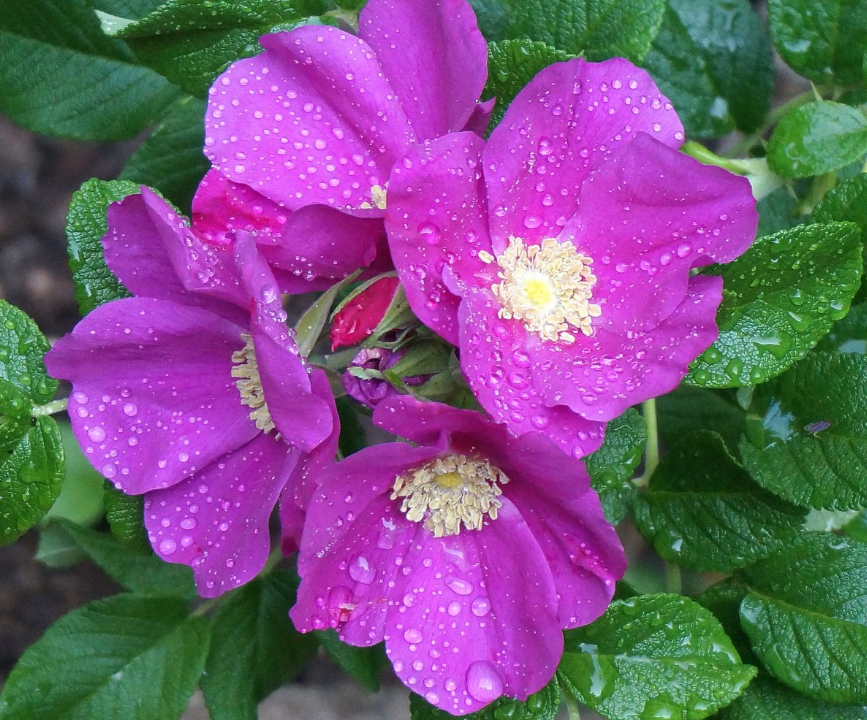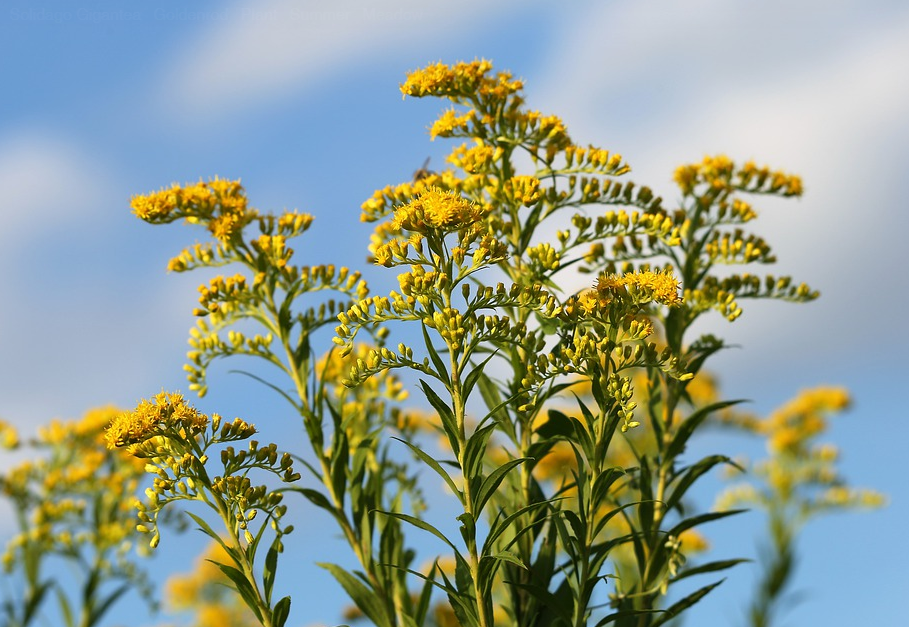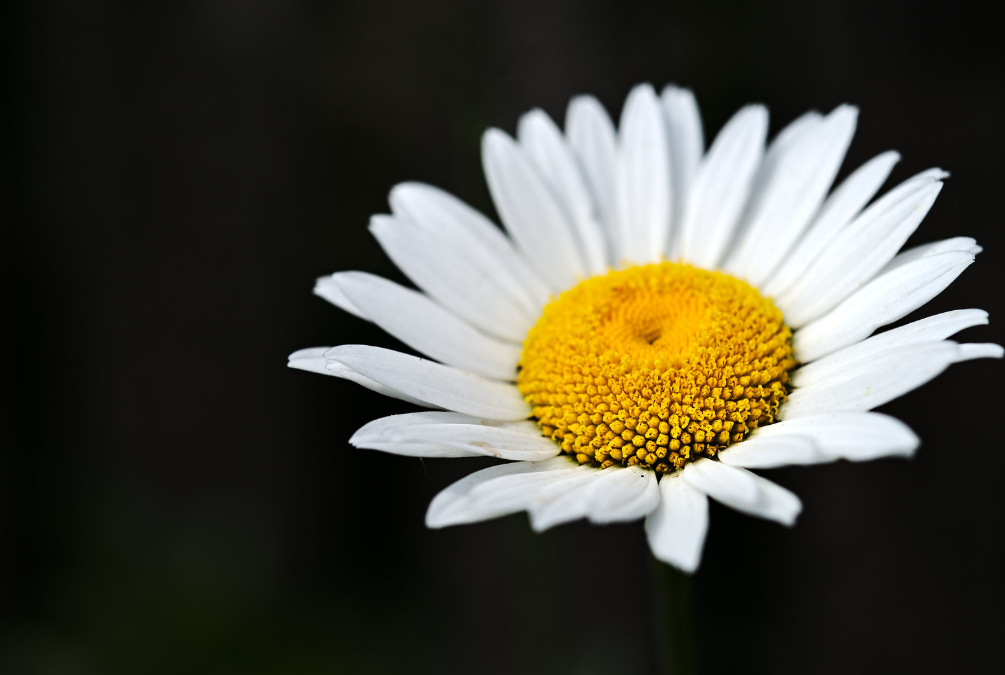by Belle Zhang
Let's say you want to help the bees. You know that pollination is essential to protecting our ecosystem, that bees are major players in pollinating the food we consume, and you definitely read our blog on hive telemetry. On an individual level, planting flowers and vegetables can help bees thrive, but what does it take to mobilize a community? I had the opportunity to sit down with Miriam Shenitzer to discuss the development of a local pollinator garden project in Boston.
Climable: What is Pollinator Networks?
Miriam: Pollinator Networks is me and my friend, Beth. We are both teachers and gardeners and I am also an artist. We are working with Tom Sullivan who runs Pollinators Welcome - he is a professional pollinator garden guy, and he went to the Conway School of Landscape Design. One of their students put out a project called Pollinator Pathways for Great Barrington which was super beautiful. I was looking for places and people, and I came across this and I contacted them and they put me on to Tom. It all started because I wanted to do public art in Allston, and it ended up that the public art was pollinator gardens with icons of bees and flowers in them, making pathways - so a pathway for the gardens, and a pathway for the bees, and a pathway for the people.
Climable: How did the idea come together?
Miriam: There was an article about how in Amsterdam, the city had this policy of planting pollinator-attracting plants in any vacant lot, and through that they were bringing back the bees in huge numbers. I was like, "Oh! That sounds great. Why don't we try that?". I had already done a proposal for public art in this neighborhood, and it looked like we were gonna be able to get somewhere, so I proposed this because it seemed like an interesting thing.
Climable: Where will the project be?
Miriam: The larger plan is to make a network of gardens that goes from Herter Park at the river all the way through lower Allston and possibly into Brighton on the other side. We have a large plot at Everett St. Embankment, which is almost 400 ft long and 30 ft wide... That's the really big plot, and then there's a little plot at the end of the Herter Park Community Garden, which we are hoping to plant soon! We're talking to the people that developed the Herter Amphitheater. They are also interested; that might be the next step — looking at plots that might link the Everett [plot] closer to the river. There is already a pollinator garden at the Gardner School. Theoretically, we'd like to make it a chain that goes through the neighborhood. That's the idea, that pollinators need corridors, basically. Really, the idea is the get neighborhood people involved, and giving them seeds so that they plant wherever they can, so we keep on enriching the diet of the pollinators.
The three areas Miriam has described start to form a pollinator ‘corridor’ in Allston! Image: Climable & Google Maps
Climable: How can people get involved?
Miriam: They can email me at pollinator.networks@gmail.com. Generally, the idea is to involve as many community members as possible. We've been lucky at Everett St., the community has been incredibly positive — everybody stops and thanks us for cleaning it up, which is mostly what we did so far. And people, it turns out, have been planting little things, so we were careful to try to keep as much of what they plant as possible. One of the parents at the Gardner School stopped by with her three kids and [asked] when can she come back with her kids and plant, so that felt really nice (if you or your kids are also interested in planting, email Miriam to learn more!).
Climable: What are some examples of the plants you would include in a pollinator garden?
Miriam: Oh goodness, there's a huge plant list that I can just forward you, that would be easier (ed note: you can find an abridged version here ). But I think for people that are interested, it's also just as simple as not weeding out certain plants that come up in your garden. White asters are huge pollinator plants - mint is a big one - so part of it is really leaving some stuff and avoiding things I always thought were great, like day lilies aren't helping anybody. Roses are great obviously, and going for flowers that have just one row of petals, like rosa rugosa. Daisies, black-eyed susans, goldenrod is good, anything that doesn't have a bunch of petals.
Climable: Any last tidbits to share with us?
Miriam: One of the more interesting things is that there are four thousand types of native bees in America. Honeybees are not native to this country, they've been imported. Our efforts are more concentrated on the native bees, and they're apparently more important for pollination. There's a ton of different varieties, and they live in all kinds of weird places. A lot of them are solitary, some live underground, some of them live in hollow logs and in plant stems.
In summary, local efforts matter. Small steps as part of a greater collective can create positive and meaningful change. You can get involved in this project or learn more about Pollinator Networks by emailing Miriam at pollinator.networks@gmail.com.







